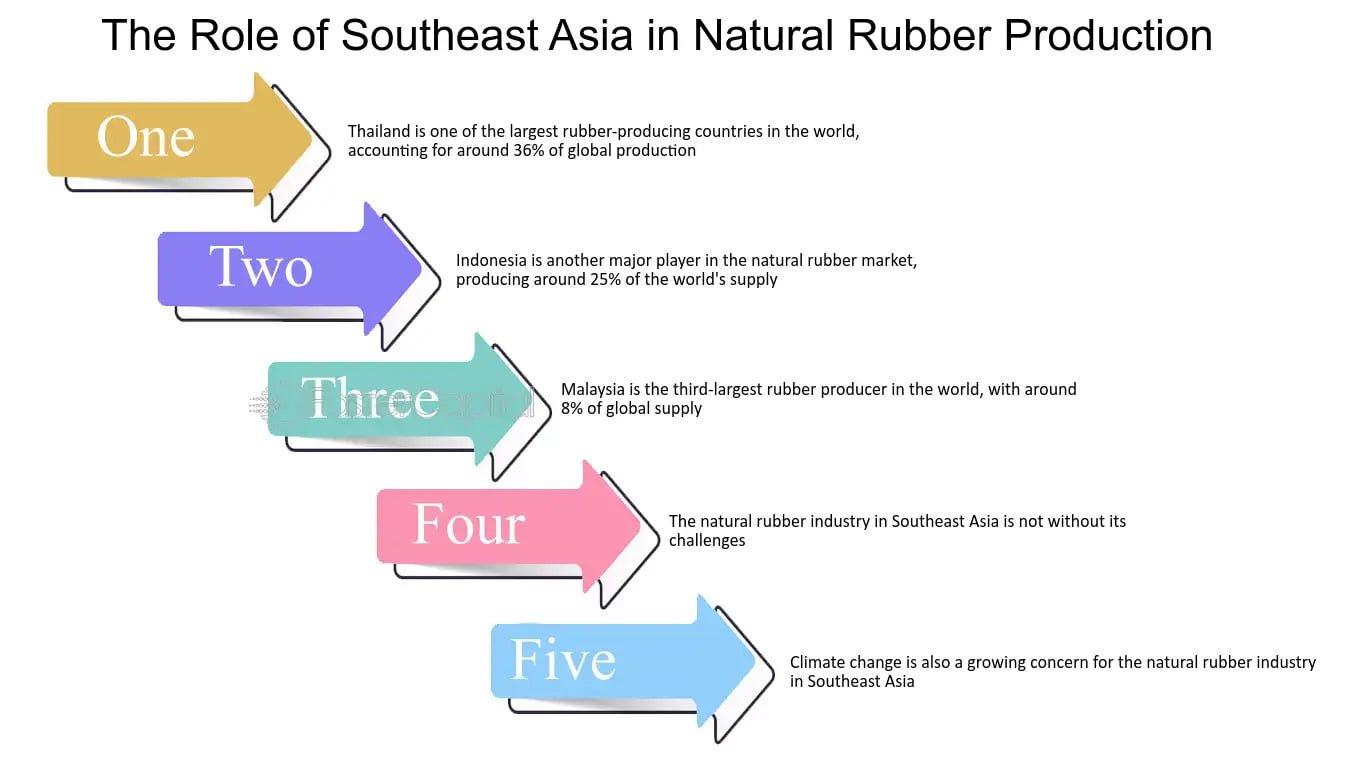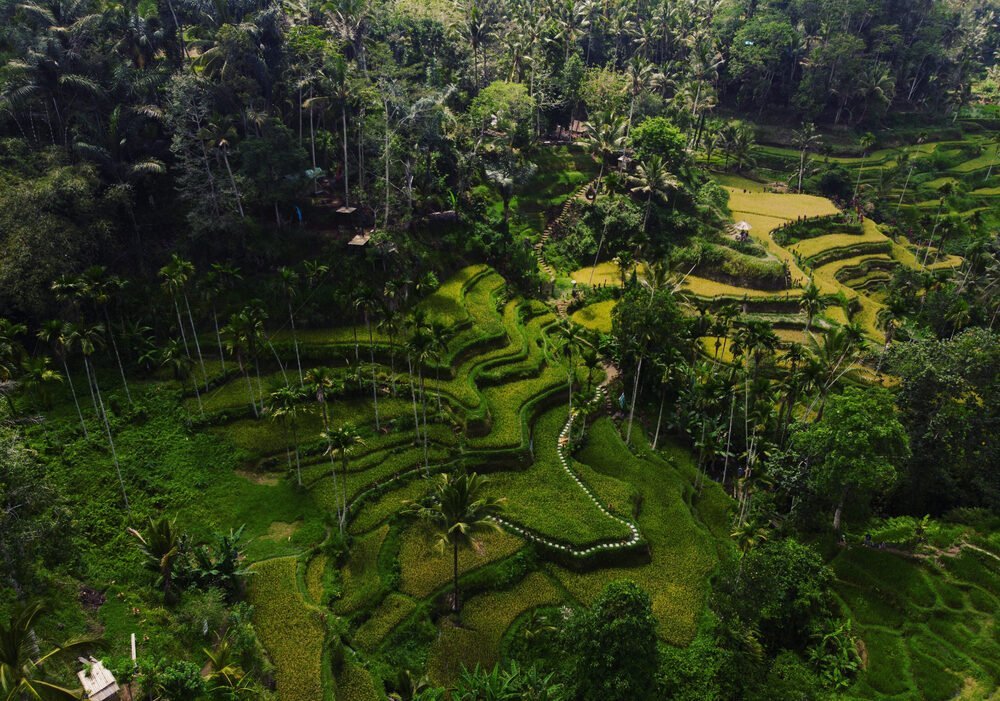Southeast Asia is undergoing a shift towards more eco-friendly construction methods, with countries like Indonesia, Malaysia, and Vietnam leading this change. The focus is on using eco-friendly materials, green building standards, and improving energy efficiency. This transformation is not only helping the environment but also affecting project costs and timelines.
Let’s explore how these Sustainable Construction Practices Southeast Asia are shaping the construction industry in the region:
Adoption of Eco-Friendly Materials
With the rise of construction, eco-friendly materials are gaining popularity. Bamboo is one example. It grows quickly and is strong, making it a great alternative to concrete and steel. Bamboo is being used in many countries across the region, including Vietnam and Indonesia.
Recycled materials are also becoming more common. Builders are using reclaimed wood, recycled metals, and other repurposed materials to reduce waste. This lowers the need for new resources and can cut project costs.

Sustainable rubber practices are also impacting various industries in Southeast Asia. Nations like Thailand, Indonesia, and Malaysia produce more than 90% of the world’s rubber. There is a strong push to adopt environmentally friendly methods that benefit both the environment and the economic sustainability of rubber farming. These practices are important for industries relying on rubber as they help promote eco-friendly products and materials.
Green Building Standards
Green building standards are another important factor in Sustainable Construction Practices Southeast Asia. Countries are adopting certification systems that encourage eco-friendly building methods. For example, Malaysia’s Green Building Index and Singapore’s Green Mark system set clear guidelines for sustainable practices.
These standards push for energy-efficient systems and renewable energy use. They also promote sustainable materials. Buildings that meet these certifications enjoy lower energy costs and often have a higher market value. Many consumers now prefer eco-friendly buildings, driving up demand.
Focus on Energy Efficiency
Energy efficiency is a key part of sustainable construction. New buildings are designed to use less energy by taking advantage of natural resources. Passive design techniques, such as proper building orientation and natural ventilation, help reduce energy use.
Renewable energy sources, such as solar panels and wind turbines, are also becoming more common. Buildings with solar power, for example, can cut down on energy bills significantly, especially in the long run. These technologies lower dependency on fossil fuels and save money over time.
Impact on Costs and Timelines
Sustainable construction practices may have higher upfront costs, but they offer long-term savings. Eco-friendly buildings often result in lower energy bills and reduced maintenance expenses. Many governments offer financial incentives for green building projects, making them more affordable.
In terms of project timelines, sustainable methods can lead to quicker completions. Modular construction and prefabricated components are gaining popularity. These methods reduce construction time and waste, leading to faster project delivery.
Southeast Asia region is embracing Sustainable Construction Practices. Countries are using eco-friendly materials, implementing green standards, and focusing on energy efficiency. Although these methods may raise initial costs, the long-term benefits—such as cost savings and higher market values—make them worthwhile. The region is showing how sustainable construction can lead to both environmental protection and economic success.

